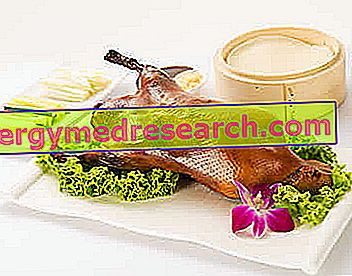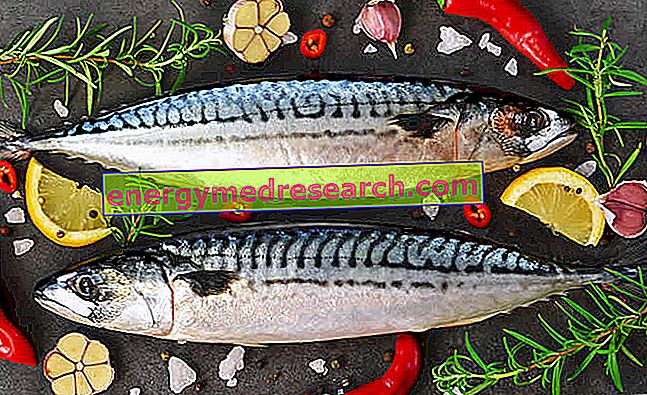
Test Orac (Oxygen Radical Absorbance Capacity)
The ORAC test is the method that is recently becoming the reference technique for measuring the antioxidant action of foods and supplements.
The test is based on the ability of an antioxidant substance to inhibit the oxidative degradation of a fluorescent molecule caused by peroxyl radicals (ROO •). The most widely used fluorescent substances are beta-phycoerythrin, fluorescein and pyrogallol, which differ in stability and reactivity. The peroxy radicals, generated by thermal decomposition of an azocomposed initiator (AAPH), attack the fluorescent molecule, degrading it, with consequent loss of fluorescence which is measured by a fluorometer.

Anti-oxidant supplement Antiage X115 + Plus
New generation anti-aging supplement. Double Day & Night formulation with high concentration of assets; supports and optimizes antioxidant defenses and stimulates the synthesis of collagen, hyaluronic acid and elastin . " More information "
An antioxidant competes with the substrate formed by the fluorescent molecule reacting with the radicals before they can damage the molecule itself, inhibiting the fluorescence decay process. The difference between the decay of the fluorescence in the absence and in the presence of the antioxidant molecule represents a measure of the ability of a substance to dampen the reactivity of free radicals. The antioxidant capacity ORAC is expressed as ORAC units, corresponding to Trolox® micromoles equivalent per gram of sample, where Trolox® is a compound with antioxidant activity chosen as the reference standard.
The ORAC method has become widespread as a test for measuring antioxidant power, as it provides precise and repeatable measurements, with acceptable costs. Furthermore, it is automatable and applicable, with modification of the protocol, both to hydrophilic and lipophilic substances. However, the method also has its limits. First of all, the measurement mechanism of the ORAC test allows only a quantitative assessment of the antioxidant action of the molecule, ie it indicates precisely how many free radicals an antioxidant substance is able to deactivate, but does not give any indication of the speed with which this occurs. The speed of inactivation of free radicals is an important parameter to establish the effectiveness of an antioxidant substance, because the faster the radicals react, the lesser the chances are that they will be able to attack biological structures causing damage.
Furthermore, the ORAC value of an antioxidant can vary greatly depending on the analysis protocol used. In addition to the extraction method and the temperature at which the analysis is carried out, the choice of the fluorescent probe is of great importance in determining the final result, so that measurements obtained with different fluorescent molecules are mostly not comparable. Therefore, before comparing the ORAC antioxidant capacity results of different substances it would be important to know the protocol, because the values are comparable only with the same analytical protocol.
Nevertheless, the spread of this method has allowed us to determine the ORAC capacity of many foods, in particular fruit and vegetables, with the creation of reference tables, widely distributed and used in the nutritional field. In this regard, the American Department of Agriculture suggests taking about 5, 000 ORAC units a day, obtainable by consuming about five portions of fruit and vegetables, to effectively counteract the activity of free radicals.
It is interesting to note that the list of antioxidant power of various foods according to the ORAC scale, updated to 2010, has been removed from the USDA website; in a note, the department motivates this choice with 1) the scarcity of clinical data in support of the actual in vivo transferability of the antioxidant tests performed in vitro; 2) the absence of sufficient evidence to believe that the beneficial effects of foods rich in polyphenols can be attributed to their antioxidant properties. Today we know that food-borne antioxidant molecules have a wide range of functions, many of which are foreign to the ability to absorb free radicals. Their beneficial effect on health would therefore seem to derive from mechanisms of action independent of the antioxidant power ..



